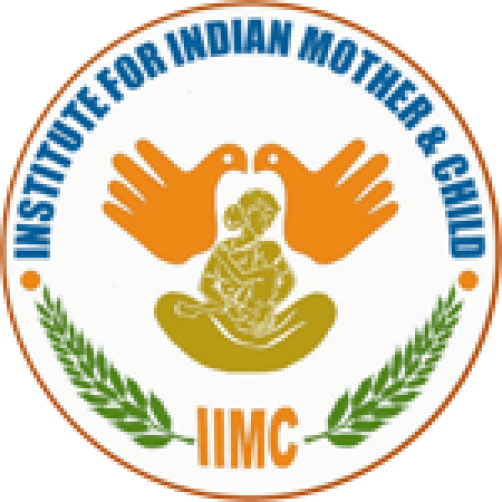Menu

Animal Project
The presence of cow and goat as domestic cattle in Indian history and culture has been from the time immemorable. In rural India,the more cattle a household has, the more high status the household gains both economically and socially. However, the majority of the population, as they are poor, cannot have such fortune because of their poverty. Cow and Goat Rearing Project aims to end the poverty of poor women in outlying areas by distributing cows and goats. The project has also the plan to distribute buffalo, pigs and chicken to expand the scope of poor women’s economic activities. In this regard, many international friends find the project an interesting and effective means to eliminate poverty.
As a popular activity to help poor women the Cow and Roat Rearing Project was started in 2013. The project not only hand over cows and goats, the project, more importantly, provide a method of gaining benefits from the nurturing the animals. The woman with a cow or goat gives back the first calf to IIMC after the animals come to the maturity to be separated from their mothers. If the calf is female the project gives it to another woman who is in waiting list, and on the contrary, if the calf is male, it is sold off and the proceeds come to IIMC’s fund. Once this agreement is fulfilled, the woman owns the old cow and goat, and she would be enjoying the whole benefit comes from the animals for good. While we want cow and goat look after the economic benefit, we more importantly keen to see the milk comes from the cow and goat is consumed in the rearing family to fulfil nutrition requirement.
IIMC gives the possibility to poor women in remote villages to receive a cow or a goat, provided that the first calf is given back to the organization. In case the calf is female, this is passed on to other women in need. On the other
hand, if the calf is male, this is sold and the proceeds are directed to IIMC funds. Once the first calf is given back to IIMC, the woman-beneficiary has full powers on her cow or goat: successive calves can be kept or sold on the market; the animal is milked daily and the milk is generally used for consumption within the family. Any excess of the milk obtained every day is sold on the open market, and women are able to get from 30 to 40 Rs/lt, implying that the milking activity is very profitable for them. To date 110 cows and goats have been distributed to 55 different women. The project has proven to be very successful and the Women Peace Council team expects to increase the number of beneficiaries by approximately 20 women each year.
hand, if the calf is male, this is sold and the proceeds are directed to IIMC funds. Once the first calf is given back to IIMC, the woman-beneficiary has full powers on her cow or goat: successive calves can be kept or sold on the market; the animal is milked daily and the milk is generally used for consumption within the family. Any excess of the milk obtained every day is sold on the open market, and women are able to get from 30 to 40 Rs/lt, implying that the milking activity is very profitable for them. To date 110 cows and goats have been distributed to 55 different women. The project has proven to be very successful and the Women Peace Council team expects to increase the number of beneficiaries by approximately 20 women each year.
How it works
As a first step, the members of a WPC group select 2 to 3 applications among those received from the women in their respective villages. IIMC staff will then visit the hoses of the preselected women to do inspections. A very important criterion for selection is that the beneficiary woman can provide a suitable shelter to keep the animal. If this first requirement is met, then the woman who is mostly in need will be selected and will be given either a cow or a goat, depending on the applicant’s desire. When delivered, the cow is approximately 1 to 1.5 years old, while the goat is 6 to 9 months old. Every 3 months the IIMC Women Peace Council team visits the beneficiaries of the project to ensure that the animals are kept in a clean and adequate environment, and to give advice to the women on how to maintain their beasts healthy.




